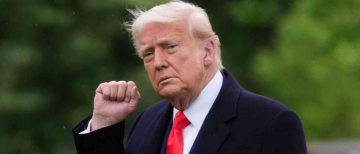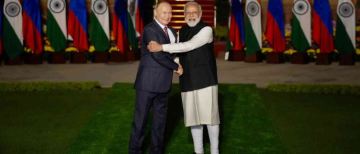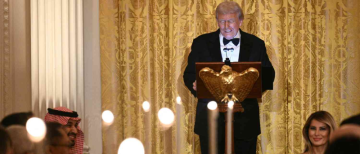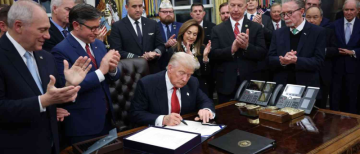In a move that stunned markets and foreign governments alike, US President Donald Trump on Wednesday announced a 90-day pause on his sweeping reciprocal tariffs targeting more than 100 countries. The only exception? China, which now faces a massive 125% tariff on its exports to the United States—up from the previously declared 104%.
The announcement, made through Trump’s social media platform Truth Social, follows mounting pressure from within the US and abroad, rising fears of a global recession, and a turbulent bond market. The decision caused Wall Street to rally sharply, soothed nerves in India, and prompted an immediate retaliatory escalation from China.
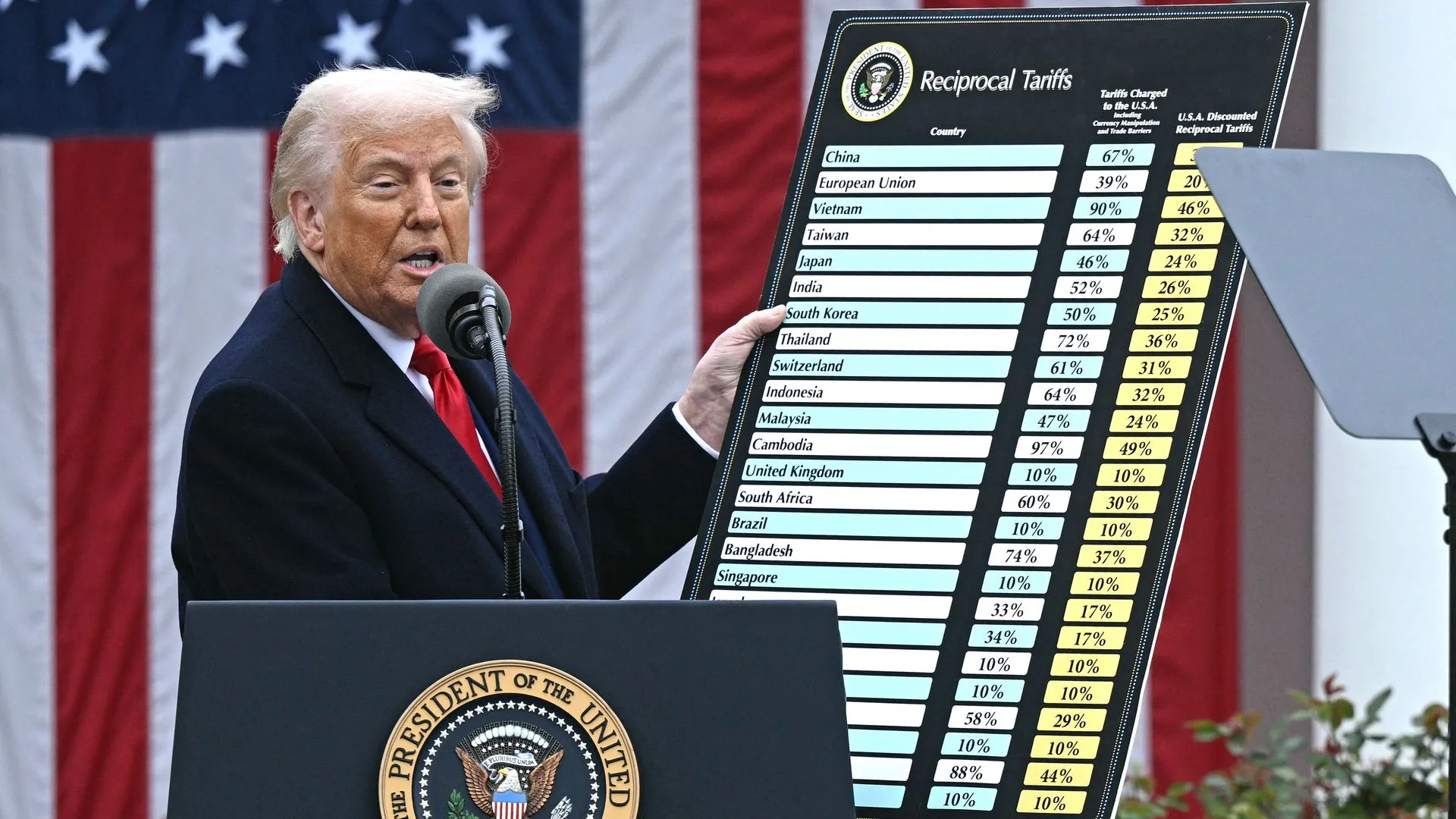
Trump’s Sudden Pivot: 90-Day Pause, 10% Tariff for Most, 125% for China
Just days after his full-scale tariff regime came into effect—dubbed by some in his camp as "Liberation Day"—Trump declared a surprising temporary reprieve for most nations. According to the president, more than 75 countries reached out to negotiate, prompting the US to implement a 90-day pause on the full tariff rollout.
“More than 75 Countries have called Representatives of the United States… to negotiate a solution… and have not, at my strong suggestion, retaliated… I have authorized a 90 day PAUSE, and a substantially lowered Reciprocal Tariff during this period, of 10%, also effective immediately,” Trump posted.
But while the rest of the world was offered a diplomatic off-ramp, Trump was scathing about China’s conduct:
“Based on the lack of respect that China has shown to the World’s Markets, I am hereby raising the Tariff charged to China by the United States of America to 125%, effective immediately.”
He added that Chinese President Xi Jinping wants to make a deal but is unsure how to proceed:
“China wants to make a deal. They just don’t know quite how to go about it… President Xi Jinping is a proud man… but they'll figure it out.”
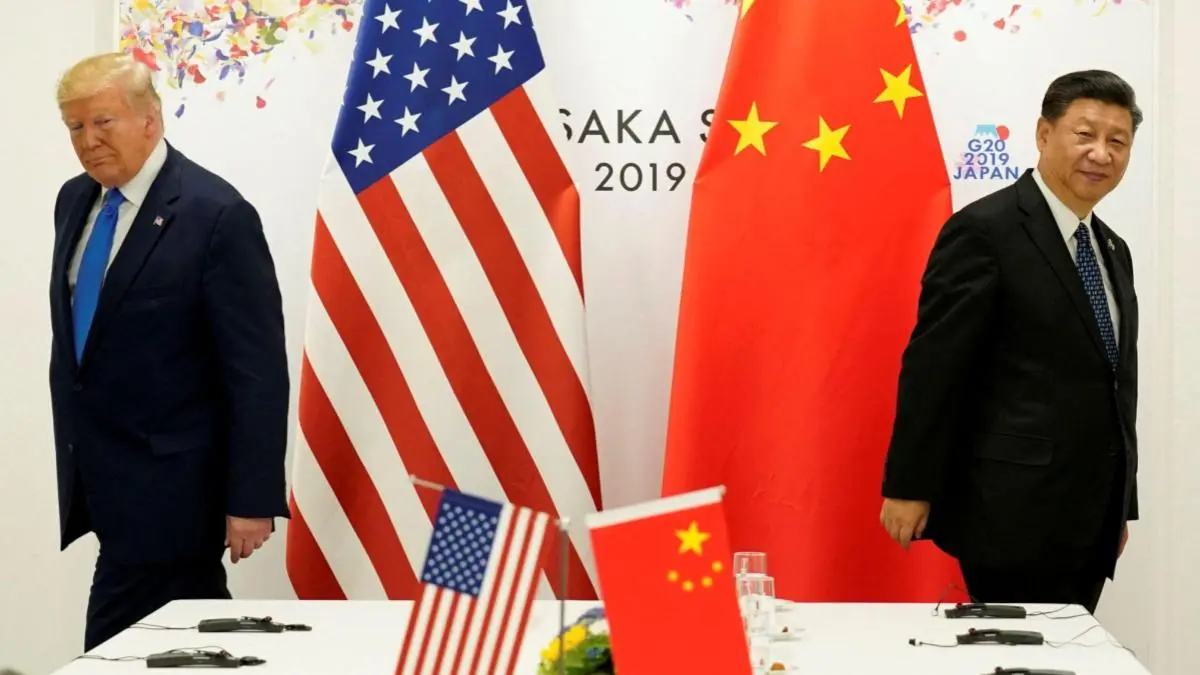
What Prompted the Sudden Pause?
Despite weeks of resistance to Republican lawmakers, business leaders, and economic advisers urging him to back down, Trump had remained firm—until an alarming selloff in the US Treasury market reportedly spurred a shift.
A CNN report cited Treasury Secretary Scott Bessent and senior White House economic officials as key voices who briefed Trump about the rapid deterioration in bond market confidence. This, more than any foreign pressure or diplomatic overtures, was the decisive factor behind the 90-day suspension.
Trump later made a series of candid remarks to reporters:
“The bond market is very tricky, I was watching it… I thought that people were jumping a little bit out of line… They were getting a little bit afraid. You have to be flexible.”
He also admitted that the policy announcement was hastily prepared:
“We didn’t have access to lawyers… We wrote it up from our hearts, right? It was written from the heart.”
Wall Street Rockets After Tariff Reprieve
The pause sparked one of the most significant market rebounds in years, as traders welcomed the de-escalation of what had become a full-blown tariff standoff.
Key Market Reactions:
-
Dow Jones Industrial Average surged nearly 2,500 points, registering an 8% gain in a single day.
-
Nasdaq Composite soared 12.2%, the best one-day performance in 24 years.
-
S&P 500 rose 6.0%, closing at 5,281.44.
-
Oil prices climbed more than 4%.
-
The US dollar strengthened across the board.
The relief was immediate, especially after several brutal trading sessions triggered by the initial imposition of tariffs.
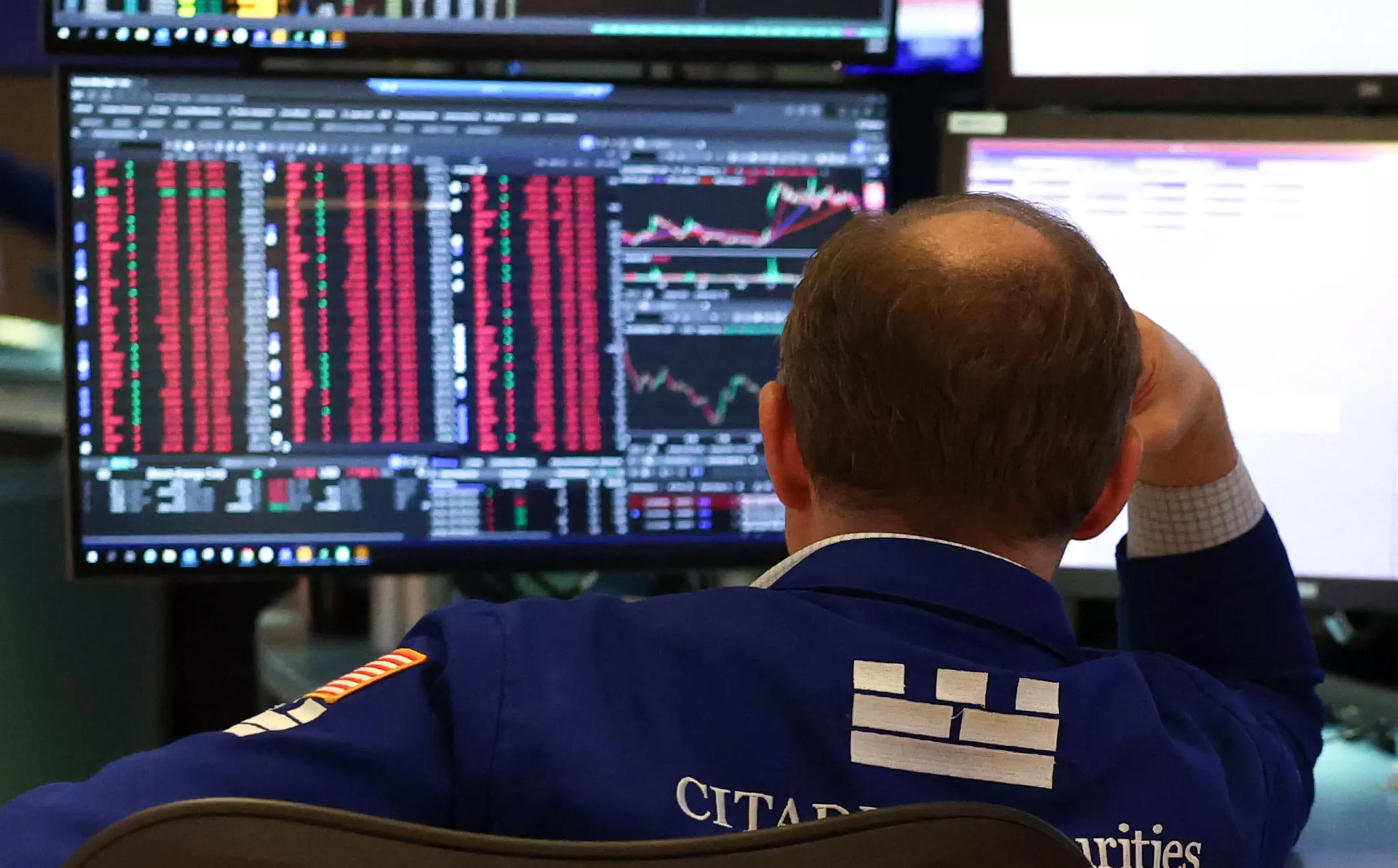
India Gets Breathing Space as Talks Resume
India, one of the key American trading partners hit by a 26% customized reciprocal tariff under Trump’s earlier order, welcomed the temporary pause.
Markets in New Delhi had plunged after the tariff announcement, but are now expected to recover with ongoing bilateral trade negotiations between Indian and US officials.
Ministry of External Affairs Spokesperson Randhir Jaiswal said:
“India and the United States are very strong partners… we are in negotiations for a bilateral trade agreement, and hopefully we will be able to address these issues and conclude this particular agreement expeditiously.”
New Delhi is expected to use the 90-day window to finalize a multi-sectoral, mutually beneficial trade agreement, potentially avoiding more drastic tariff measures later.
China Retaliates Immediately: Tariffs Raised to 84%
Beijing did not wait long to strike back. Hours after Trump’s declaration, China’s finance ministry announced retaliatory tariffs, increasing existing levies on US imports from 34% to 84%, effective from 12:01 PM Thursday.
In a strongly-worded statement, Beijing criticized Washington’s escalation:
“The tariff escalation against China by the United States simply piles mistakes on top of mistakes… severely infringes on China’s legitimate rights and interests.”
China also accused the US of undermining the multilateral, rules-based trade system, positioning itself as the aggrieved party in the ongoing dispute.
EU Also Hits Back, But Avoids Direct Tariff Escalation
The European Union, though not exempt from Trump’s original global tariff wave, responded more selectively. Brussels announced countermeasures on over €20 billion worth of US goods, including soybeans, motorcycles, and cosmetics.
However, the EU chose not to retaliate against the 20% US tariffs that went into effect early Wednesday, suggesting a desire to keep diplomatic channels open and avoid deeper economic damage.
Trump has long accused the EU of exploiting the US:
“The EU was created to screw the United States,” he claimed earlier in the week.
What This Means for Global Trade
Trump’s partial rollback is a temporary reprieve, not a reversal of policy. The 90-day pause is designed to pressure other nations into bilateral negotiations, while punishing China with maximum force.
Key Takeaways:
-
Trump is betting that carrots (10% tariffs) and sticks (125% for China) will bring countries to the negotiating table.
-
The move calmed markets but added uncertainty about what happens after 90 days.
-
China’s retaliation suggests that tensions will only grow, especially in a volatile US election year.
-
India, the EU, and other key trade partners now have a limited window to strike deals and avoid full tariff implementation.
Tactical Pause or Strategic Gamble?
Trump’s 90-day tariff pause represents a rare moment of economic flexibility, likely driven more by domestic financial pressure than diplomatic persuasion. While Wall Street and countries like India may have found momentary relief, the escalation with China signals that trade tensions remain very much alive.
With retaliation already underway from Beijing and cautious countermeasures from the EU, the pause may prove to be only a tactical delay in a broader protectionist strategy that could define Trump's second term policy trajectory—especially if he returns to office in 2025.
As the world watches this high-stakes economic standoff unfold, the next 90 days will be crucial in determining whether diplomacy wins or trade wars deepen.
With inputs from agencies
Image Source: Multiple agencies
© Copyright 2025. All Rights Reserved Powered by Vygr Media.





